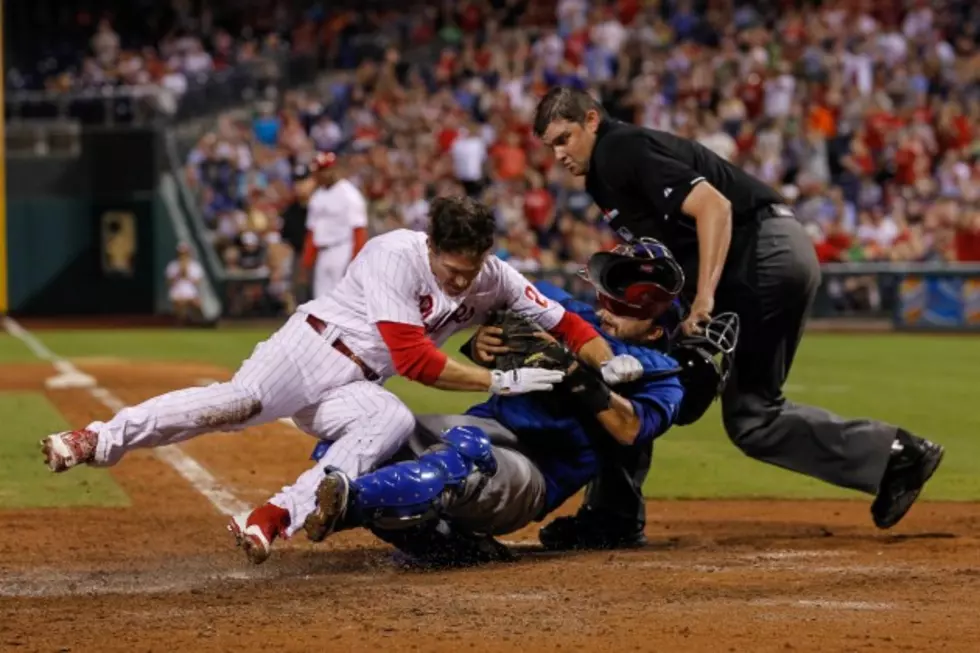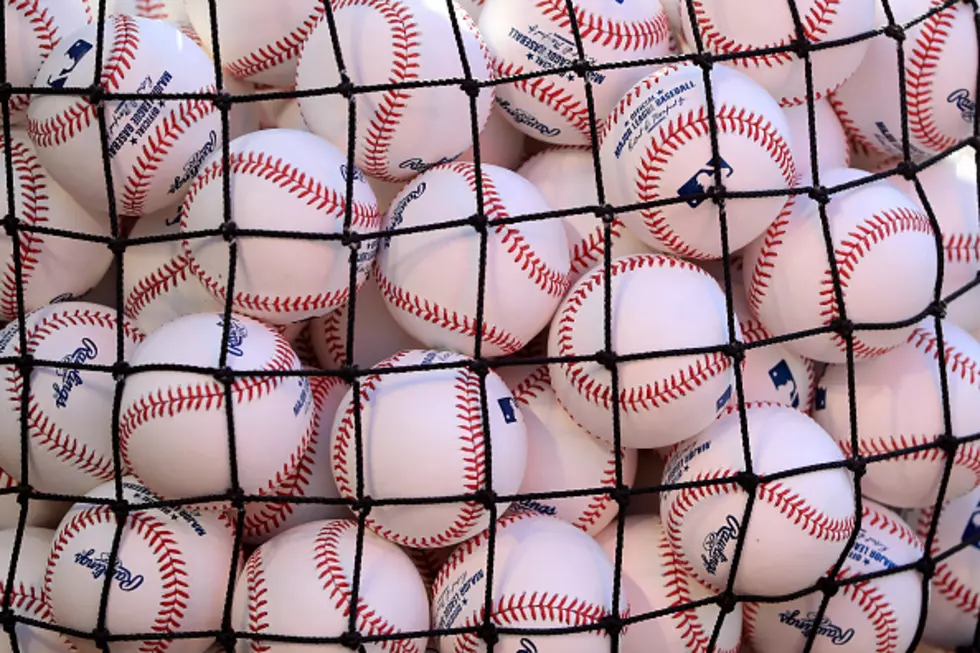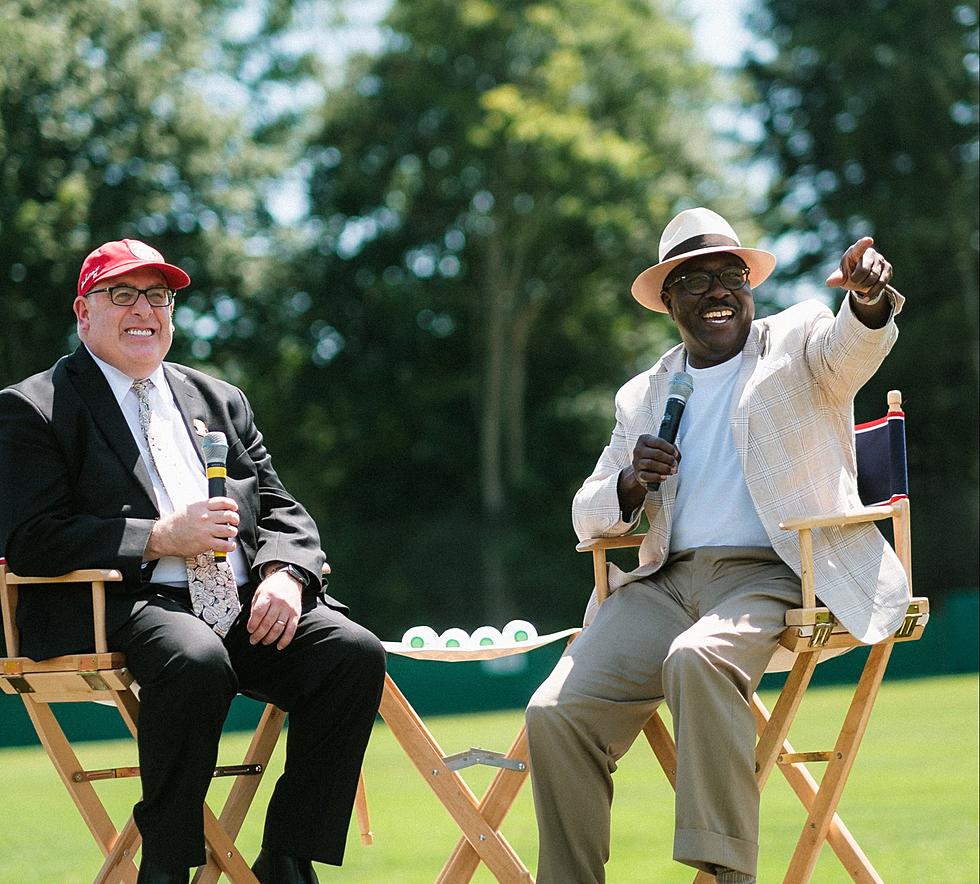
MLB’s Home Plate Collision Rules – Good Or Bad?
There is a significant change to Major League's Baseball's Rule Book in 2014, and I'm not talking about the instant replay expansion.
Collisions at home plate are under new rules beginning in the 2014 season. Basically if they are unnecessary, a runner can be called out. Runners can also be safe if catchers block the plate without the ball.
As the NFL has done in recent years, MLB is looking to protect players and make the game safer. The league's Playing Rules Committee voted overwhelmingly to outlaw such collisions at a meeting in December, and on Monday (2/24/14) the league released the official language and parameters of the new 'experimental' rule. However, collisions are not completely outlawed.
It's laid out this way, vial MLB.com:
• A runner may not run out of a direct line to the plate in order to initiate contact with the catcher, or any player, covering the plate. If he does, the umpire can call him out even if the player taking the throw loses possession of the ball.
• The catcher may not block the pathway of a runner attempting to score unless he has possession of the ball. If the catcher blocks the runner before he has the ball, the umpire may call the runner safe.
• All calls will be based on the umpire's judgment. The umpire will consider such factors as whether the runner made an effort to touch the plate and whether he lowered his shoulder or used his hands, elbows or arms when approaching the catcher.
• Runners are not required to slide, and catchers in possession of the ball are allowed to block the plate. However, runners who do slide and catchers who provide the runner with a lane will never be found in violation of the rule.
• The expanded instant replay rules, which also go into effect this season, will be available to review potential violations of Rule 7.13.
Is this good or bad?
Here's why I like it.
I certainly wouldn't compare baseball to the the relentless physical contact of a football game, except in the case of a home-plate collision.
In football, most players see their opponent barreling toward them before they are hit: they can brace for the contact. And, and in many cases, the grappling-Gridironers are standing within a few yards each other. They aren't getting a minimum 90-foot, sprinting head start before crashing into an opponent who is standing idly, and is often times looking in the opposite direction.
In those instances where this does occur in football, the NFL has implemented safety rules such as the defenseless receiver and unnecessary roughness for blindside blocks to defenders who don't see the hit coming.
This will protect the safety of catchers who are extremely vulnerable to devastating, full-speed hits that can and have resulted in concussions, broken legs and ribs and separated shoulders - among many other injuries.
You could say catchers are equipped chest protectors, shin guards and, like football players, helmets but consider that catcher's are taught to discard their mask and helmet when there will be a play at the plate to allow them complete visibility of the incoming ball. Plus, those chest protectors aren't made of Kevlar and are far less useful than shoulder pads.
That's why I think this is a legitimate rule change, and I support it.
Agree? Or disagree? Post you comments at the bottom of the page
The link below has some video of home plate collision's that helped convince me this a good player protection move by MLB:
More From WIBX 950









